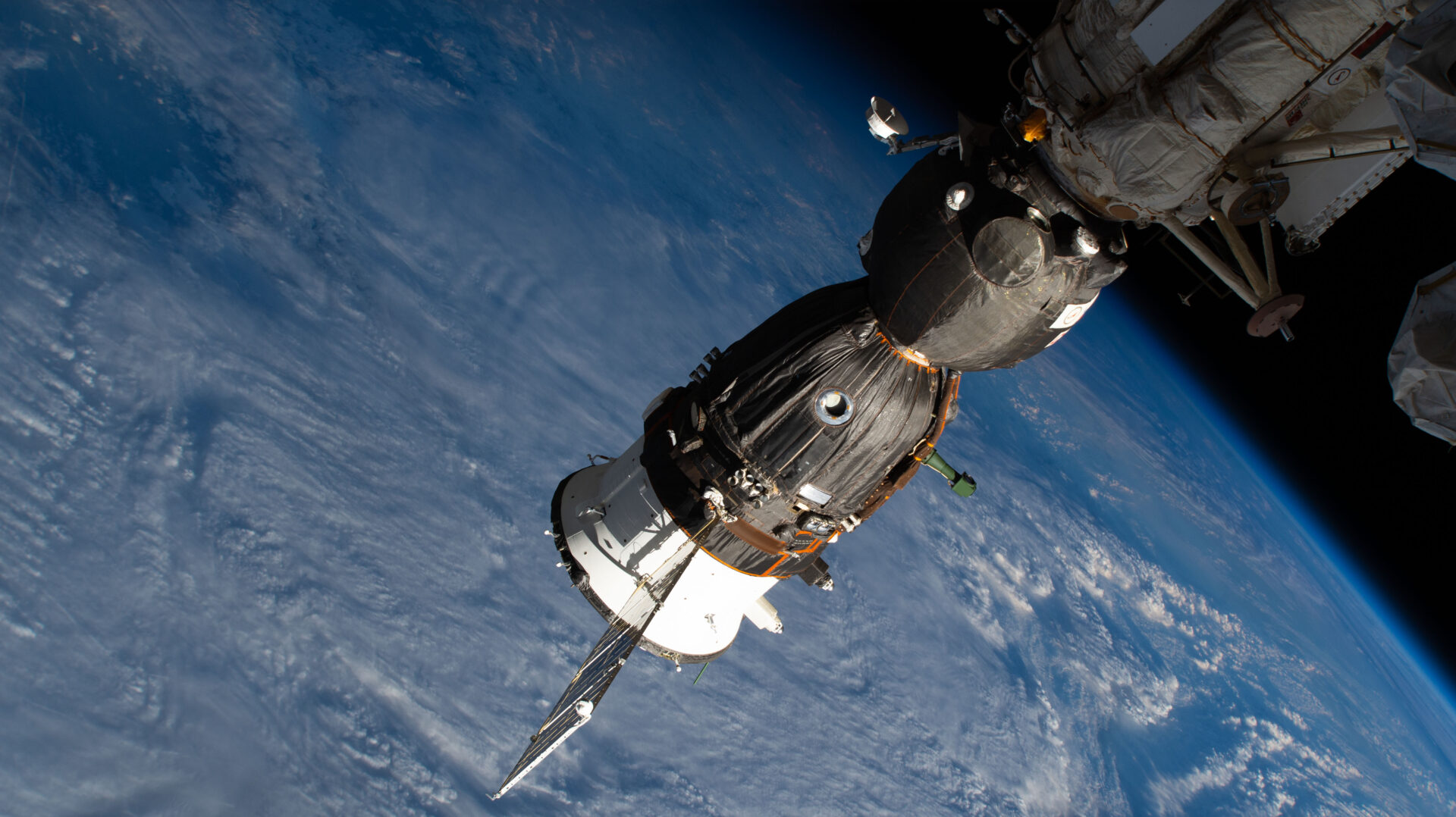Roscosmos has decided not to use the damaged Soyuz MS-22 spacecraft for manned flight. Cosmonauts Sergei Prokopyev, Dmitry Petelin and Frank Rubio will return to Earth aboard the Soyuz MS-23 spacecraft, which will be launched in February 2023.

On December 14, a coolant leak occurred on the Soyuz MS-22 spacecraft, which led to the complete failure of its cooling system. During the subsequent visual inspection carried out using the Canadarm2 manipulator arm, NASA specialists noticed a small hole in the radiator.
Initially, Roscosmos claimed that even though the temperature inside the device exceeded the regulatory values, the situation did not pose a danger either to the reliable functioning of the equipment or to people’s lives. If the Soyuz MS-22 crew consisted exclusively of Russian cosmonauts, it would be quite possible that in the end they would have received an order to return to Earth on a damaged spacecraft, regardless of all the risks.
However, since the Soyuz MS-22 crew includes an American astronaut, NASA expresses more than understandable concerns about the safety of the spacecraft. It is known that the American aerospace administration was working on the option of Frank Rubio’s return to Earth on the Crew Dragon spacecraft.
In this situation, Roscosmos still has to admit that the Soyuz MS-22 is not safe for manned flight. The spacecraft will detach from the ISS and return to Earth without a crew. For the return of Prokopyev, Petelin and Rubio, the Soyuz MS-23 will be involved. It will be launched automatically on February 20, 2023. Earlier it was planned that the crew of the 69th long-term expedition consisting of cosmonauts Oleg Kononenko, Nikolai Chub and astronaut Loral O’Hara would go to the ISS on this spacecraft.
As for the causes of the coolant leak, according to the official conclusion of Roscosmos, it occurred due to a “sporadic meteoroid impact”, and not a factory defect, or a collision with a fragment of space debris (for example, a fragment of the Kosmos-1408 satellite). To believe or not an organization that has repeatedly been caught providing false information and omitting important facts, everyone can decide for himself.
According to https://www.roscosmos.ru
Follow us on Twitter to get the most interesting space news in time
https://twitter.com/ust_magazine

